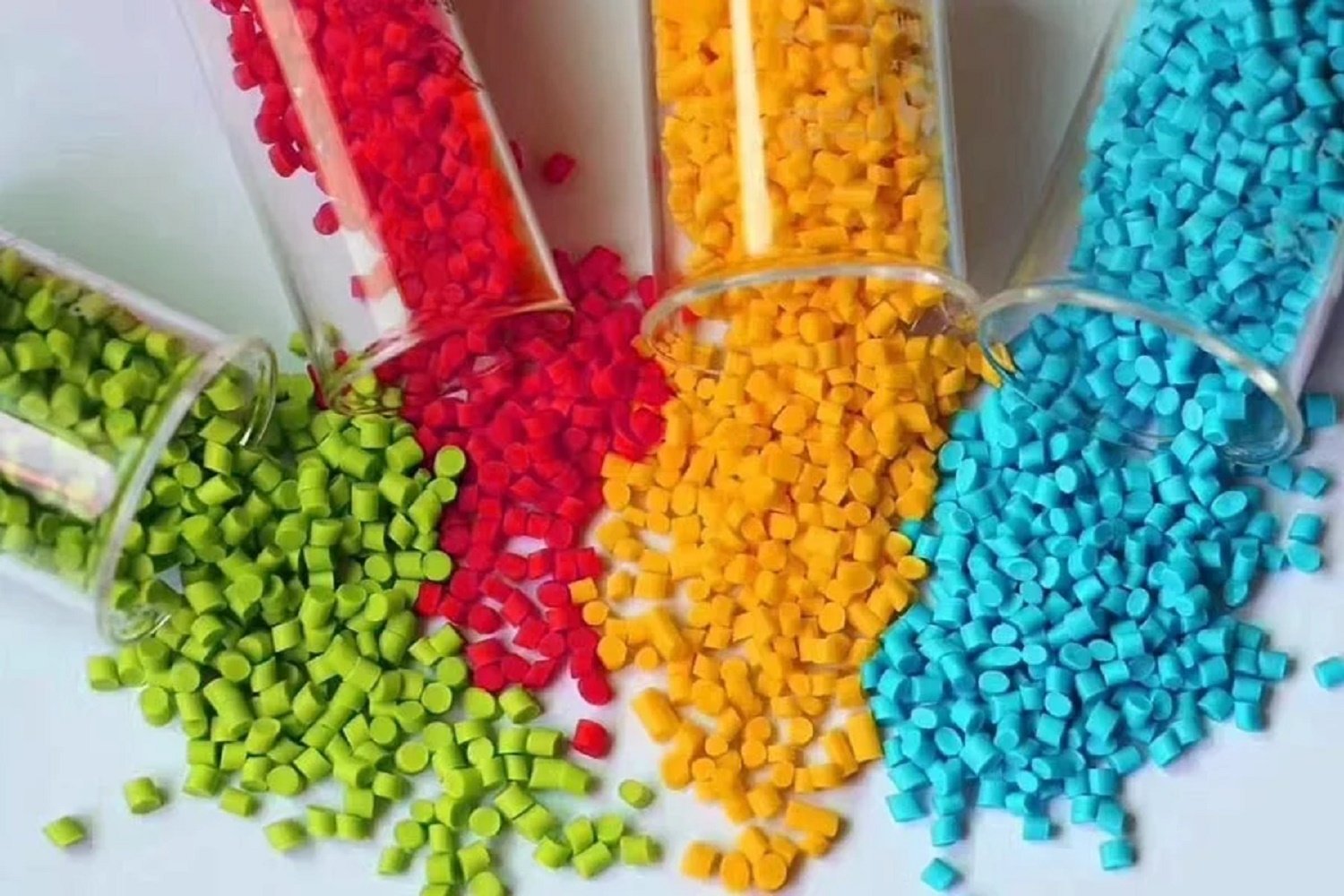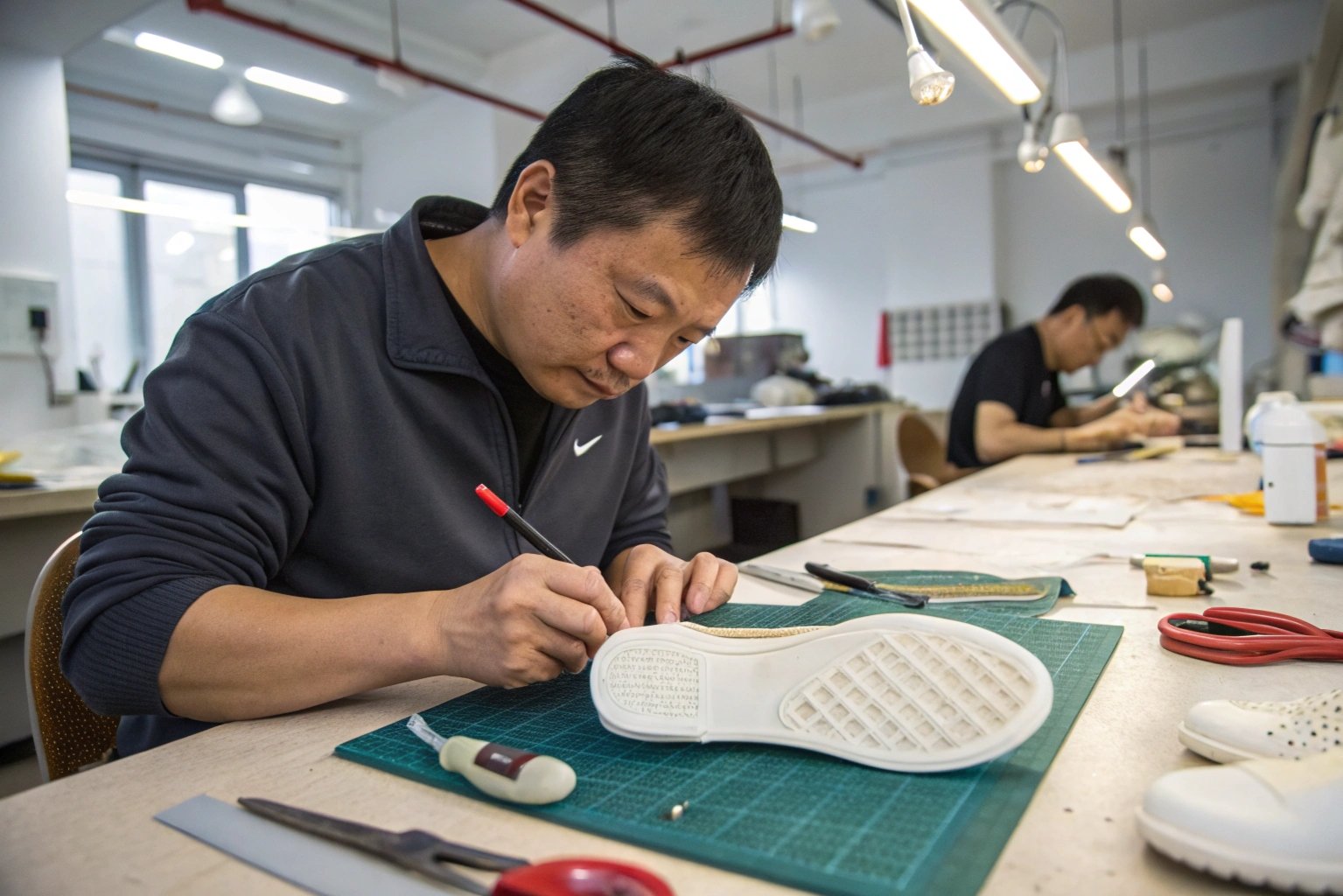Worried about the sole of your winter slippers cracking or being uncomfortable? It’s a common issue!
Injection molding of winter slipper soles, especially with materials like TPR, can be tricky. Common misunderstandings include thinking all TPR is the same, ignoring temperature effects, and overlooking design flaws. Understanding these can improve slipper quality and comfort.

You might think injection molding is easy, but it’s not. Now, let’s look at some common misunderstandings.
Is all TPR the same?
Cold feet got you down? You’re not alone!
No, not all TPR (Thermoplastic Rubber) is created equal. Different formulations offer varying degrees of flexibility, cold-resistance, and durability, impacting the final slipper sole’s performance.

People often think TPR is just one thing, but it’s not. There are many kinds of TPR. Each kind has different properties. Some are more flexible. Some are better in the cold. And some last longer.
Choosing the right TPR is important. For winter slippers, you need TPR that stays flexible in cold weather. If the TPR gets too hard, the sole can crack. It can also be uncomfortable to walk on.
I remember one time when we used the wrong TPR. The slippers felt like walking on rocks in winter. We quickly switched to a better material. This made a big difference.
Here’s a table showing the differences:
| TPR Type | Flexibility | Cold Resistance | Durability | Best Use |
|---|---|---|---|---|
| TPR-A | Medium | Fair | Good | General purpose soles |
| TPR-B | High | Good | Medium | Winter slippers, comfort soles |
| TPR-C | Low | Excellent | Excellent | Heavy-duty soles, industrial applications |
Knowing the differences is key. It helps in making better slippers.
Does temperature not affect the injection molding?
Ever wonder why some slippers feel great indoors but terrible outside? It is about temperature!
Temperature plays a crucial role in TPR injection molding. Incorrect temperatures can lead to defects like warping, incomplete filling, or weakened soles prone to cracking in cold weather.

Temperature is very important in injection molding. If the temperature is wrong, many problems can happen. The sole might warp. Or, the mold might not fill completely. This makes the sole weak. And it can crack in cold weather.
The injection molding machine has several temperature zones. The barrel temperature melts the TPR. The mold temperature shapes the TPR.
If the barrel is too hot, the TPR can burn. If it’s too cold, it won’t flow well. The mold temperature also matters. If it’s too cold, the sole can cool too quickly. This causes stress in the material.
| Temperature Zone | Purpose | Issue if Too High | Issue if Too Low |
|---|---|---|---|
| Barrel | Melting TPR | Burning | Poor flow |
| Mold | Shaping TPR | Warping | Stress, incomplete fill |
We always monitor temperatures closely. We adjust them based on the TPR type and the slipper design. This ensures a strong and comfortable sole.
Are design flaws not the cause of winter cracking?
Are your winter slippers falling apart too soon? The design might be to blame!
Poor design can lead to stress points in the sole. These points are more likely to crack in cold weather. Design factors include sharp corners, thin sections, and inadequate support.

The design of the slipper sole also affects how well it lasts. Bad design can create weak spots. These spots break easily in the cold.
Sharp corners are a big problem. They concentrate stress. Thin sections are also weak. They can’t handle much weight. Inadequate support is another issue. The sole needs to be strong enough to hold the foot.
We use computer simulations to test our designs. This helps us find weak spots. We then make changes to strengthen the sole.
| Design Element | Problem if Poor | Solution |
|---|---|---|
| Sharp Corners | Stress point | Round corners, add fillets |
| Thin Sections | Weakness | Thicken sections, add support ribs |
| Inadequate Support | Sole breaks | Add arch support, increase sole thickness |
Good design is just as important as good materials and processing. The three parts work together.
Conclusion
To make great winter slipper soles, use the right TPR, control temperature, and design carefully. This means happy feet all winter.

